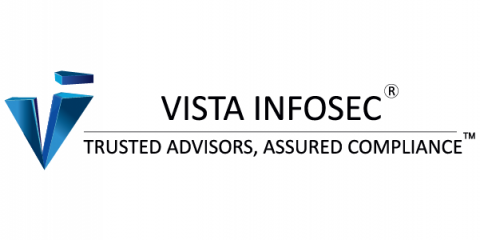PCI DSS Requirement 11 - Changes from v3.2.1 to v4.0 Explained
In the ever-evolving landscape of cybersecurity, staying updated with the latest standards and protocols is crucial. One such standard that has undergone significant changes is the Payment Card Industry Data Security Standard (PCI DSS) Requirement 11. This requirement, focused on the regular testing of security systems and networks, has seen notable updates in its transition from version 3.2.1 to version 4.0.



